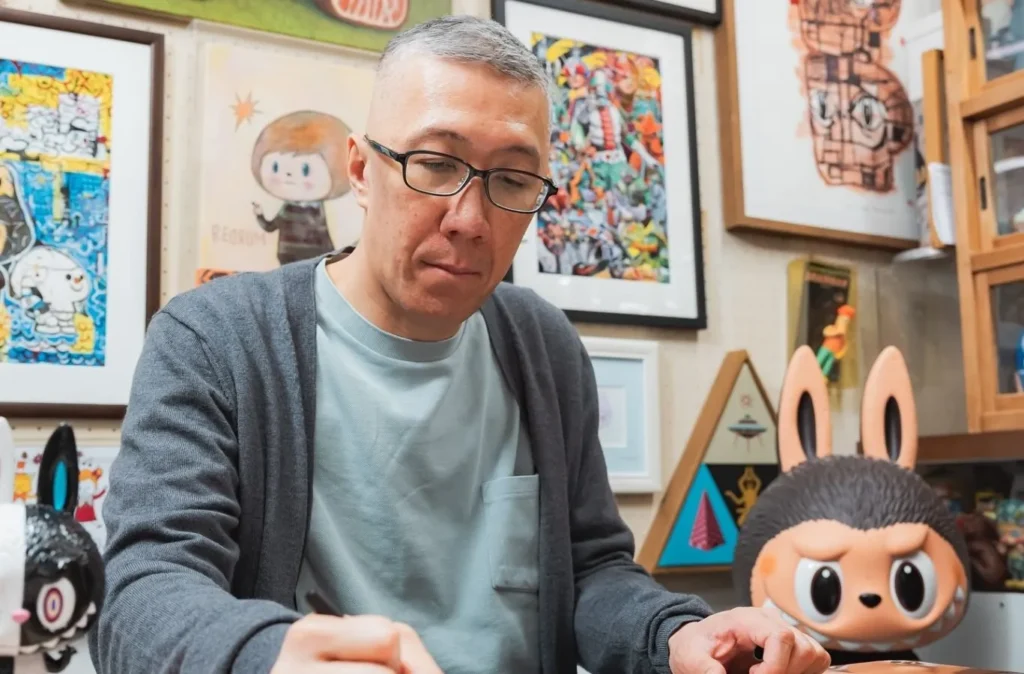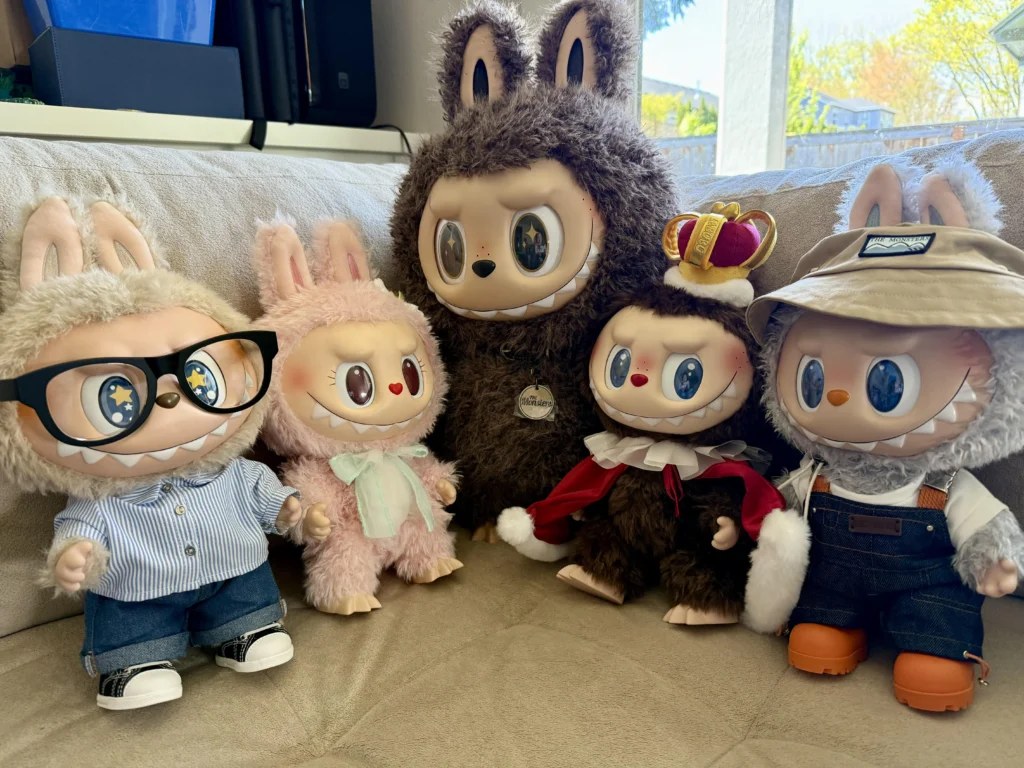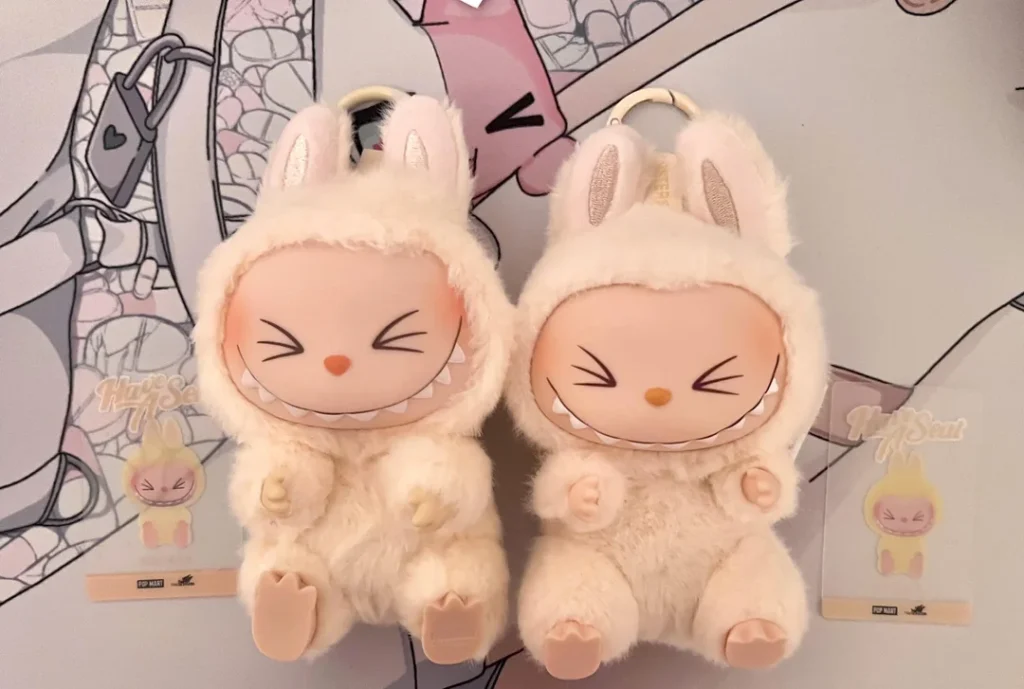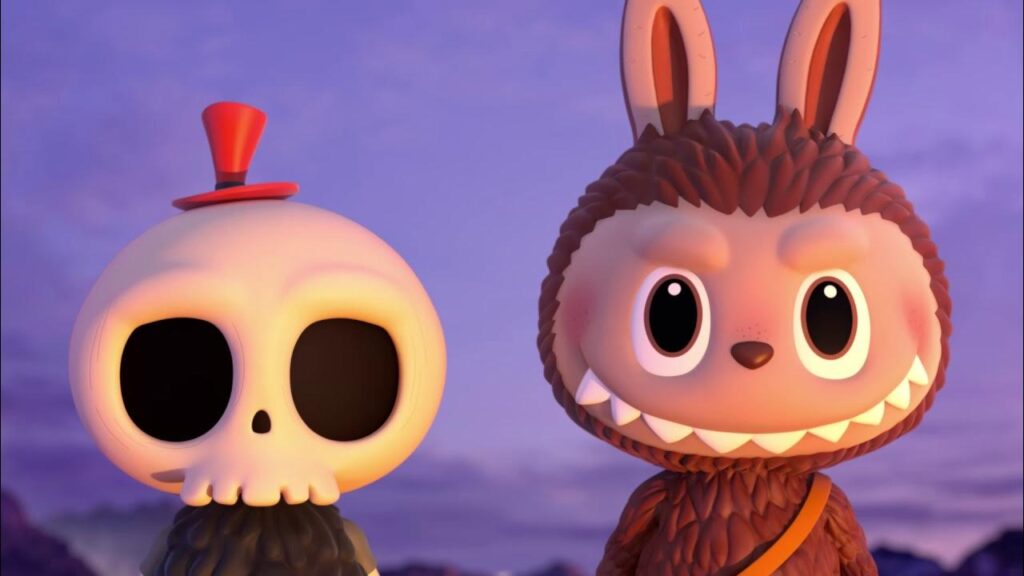Who Created Labubu? Inside the Mind of Kasing Lung
Scroll through unboxing reels or join the 6 a.m. queue outside a Pop Mart flagship and one question echoes above the chatter: Who created Labubu? The answer is Kasing Lung, a cross-cultural illustrator whose snaggle-toothed sprite leapt from a private sketchbook to a billion-yuan balance sheet. Understanding Lung’s journey—across continents, art forms and business models—reveals why that mischievous grin has become shorthand for the designer-toy boom sweeping Asia, Europe and an ever-growing slice of North America.
From Hong Kong Roots to Dutch Storybooks
Born in Hong Kong in 1972, Kasing Lung relocated to the Netherlands during primary school. With limited television and no video games, he devoured European fairy tales—Grimm, Andersen and the frost-lit folklore of Nordic trolls. Those stories taught him that enchantment feels richer when a hint of menace hides between the lines.
By secondary school Lung was filling graph-paper notebooks with wide-eyed goblins and gloomy forests. Teachers dismissed the images as “too dark” for children’s books—but the tension of cute shapes wrestling with sharp shadows would soon define the “ugly-cute” DNA of Labubu.
Nordic Mischief Meets Cantonese Humour
Lung’s bicultural upbringing forged a visual language of rounded silhouettes and jagged smiles. Cultural theorists label the style “sweet-grotesque”: comforting outlines spiked with unsettling detail, the artistic equivalent of a lullaby sung in a minor key. He honed the approach in Belgian publishing houses—becoming the first Chinese illustrator to win the country’s National Illustration Award—then self-published zines that gained cult status at Hong Kong art fairs.
Those early zines introduced a supporting cast of forest oddballs—Zimomo, Tycoco, Pato—and hinted at a misty, borderless setting later formalised as The Monsters universe. Fans responded not just to the imagery but to the tonal balance: playful antics undercut by toothy potential chaos.
The Sketch That Became Labubu
One rainy evening in 2011, Lung doodled a lanky imp with over-sized ears and nine serrated teeth. The sketch felt alive—equal parts forest sprite and street prankster—so he named it Labubu, echoing the lub-dub of a heartbeat. Within four years the character head-lined small gallery shows, resin micro-runs and black-and-white comic panels that sold out on Hong Kong forum boards hours after posting.
Collectors were drawn to the design’s dual energies: innocent eyes alongside a grin that promised playful trouble. Early resin pieces, cast in runs of fifty by boutique maker How2work, now trade for four-figure sums and serve as proof that demand pre-dated Pop Mart’s industrial muscle.
Pop Mart Partnership: From Art-Toy Niche to Mass Phenomenon
The inflection point arrived in 2019 when Pop Mart secured an exclusive global licence for The Monsters. The first blind-box wave shattered in-store records and established a repeatable formula: twelve regular figures, a 1-in-72 secret chase and launch windows hyped by TikTok and Douyin shorts. By 2024, Pop Mart reported more than one billion RMB in annual revenue from Labubu alone.
Beyond raw sales, the partnership rewired pop-culture distribution. Blind-box machines appeared in airports and metro stations; flagship openings drew cosplay crowds; and regional “Labubu Day” pop-ups turned product drops into social events. The little monster had entered the mainstream without sanding off its oddball edges.
Awards, Exhibitions & Industry Impact
Commercial success quickly crossed into institutional recognition. Lung’s 2024 solo show, “Everybody Knows,” transformed Hong Kong’s Landmark Atrium into a mirrored forest of 700 glowing figurines. Fashion and lifestyle collaborations followed—Globe-Trotter luggage, Vans sneakers, Hidden NY streetwear—each run snapped up in minutes and resold at premiums.
Meanwhile, more than 300 official Labubu colour-ways now exist, ranging from candy-pastel Macaron knights to moody glow-in-the-dark ghosts. Museums in Seoul and Rotterdam have begun cataloguing designer toys as applied art, citing Lung’s cross-cultural impact alongside pioneers like Medicom’s Bearbrick.
Legacy & Influence
Ask industry veterans and they cite Lung’s recipe—Dutch forest whimsy plus Hong Kong comic timing—as a blueprint for future IP breakouts. On Instagram, #CustomLabubu hosts cyberpunk repaints and Art-Deco gold-leaf editions; on Discord, swap-channel moderators orchestrate international trades of secret chases; on university syllabi, design professors dissect Labubu as a case study in “transnational cute.”
- DIY Economy: Blank casts spawn repaint markets worth six figures annually.
- Fan Photography: Diorama shooters publish coffee-table books of miniature adventures.
- Academic Interest: Papers in visual-culture journals explore Labubu as twenty-first-century folklore.
The result is an ecosystem where one illustrator’s private whim fuels everything from retail lines to graduate theses—proof that contemporary myth can sprout from a single doodle.
So who created Labubu? A Hong-Kong-born, Netherlands-raised artist who fused fairy-tale melancholy with playful mischief—and who demonstrated that smart licensing and social storytelling can lift a niche sketch onto the global pop-culture stage. Knowing that origin story enriches every vinyl grin and reminds us that behind each viral collectible lies the quieter craft of an illustrator with something timeless to say.






